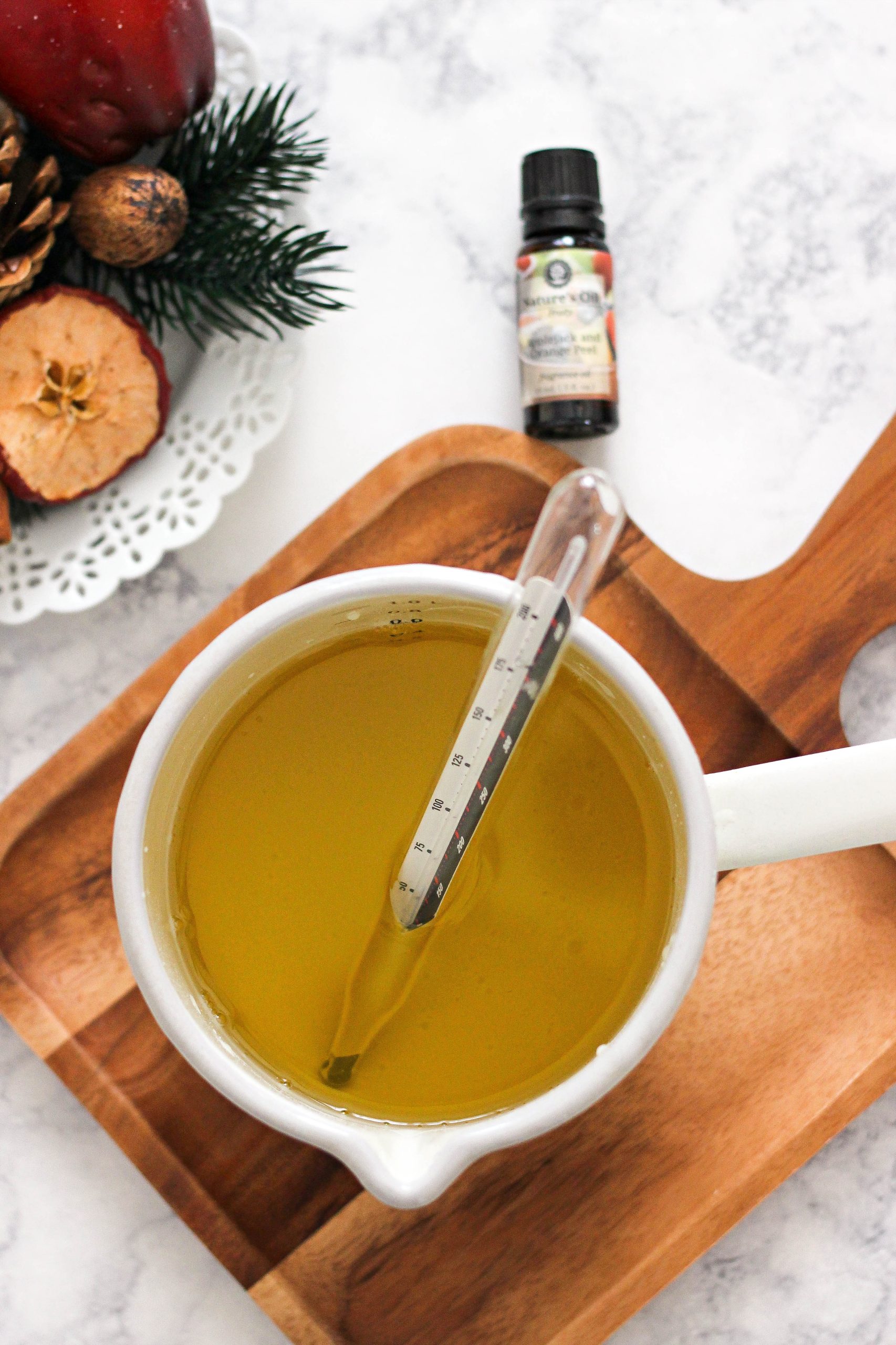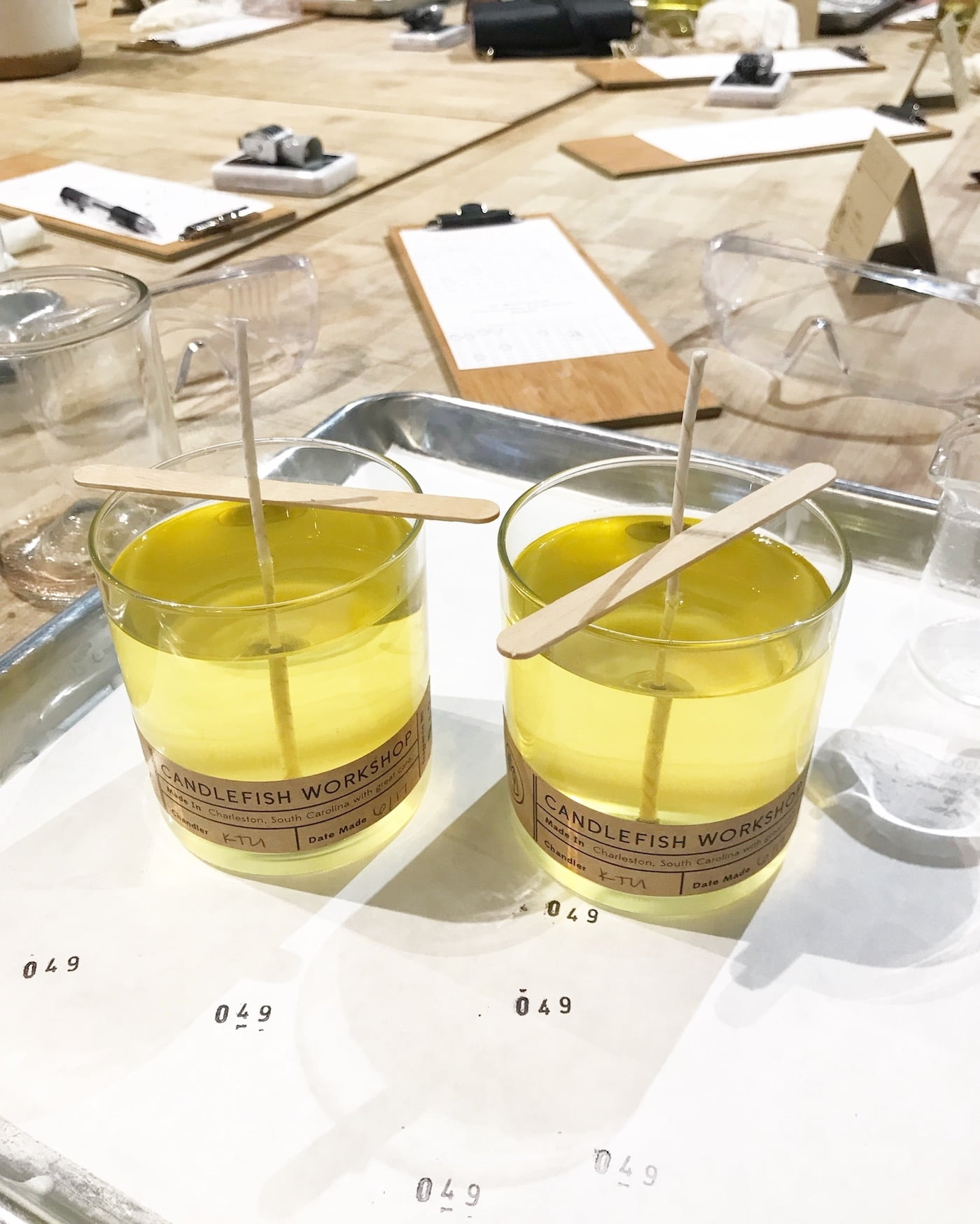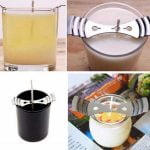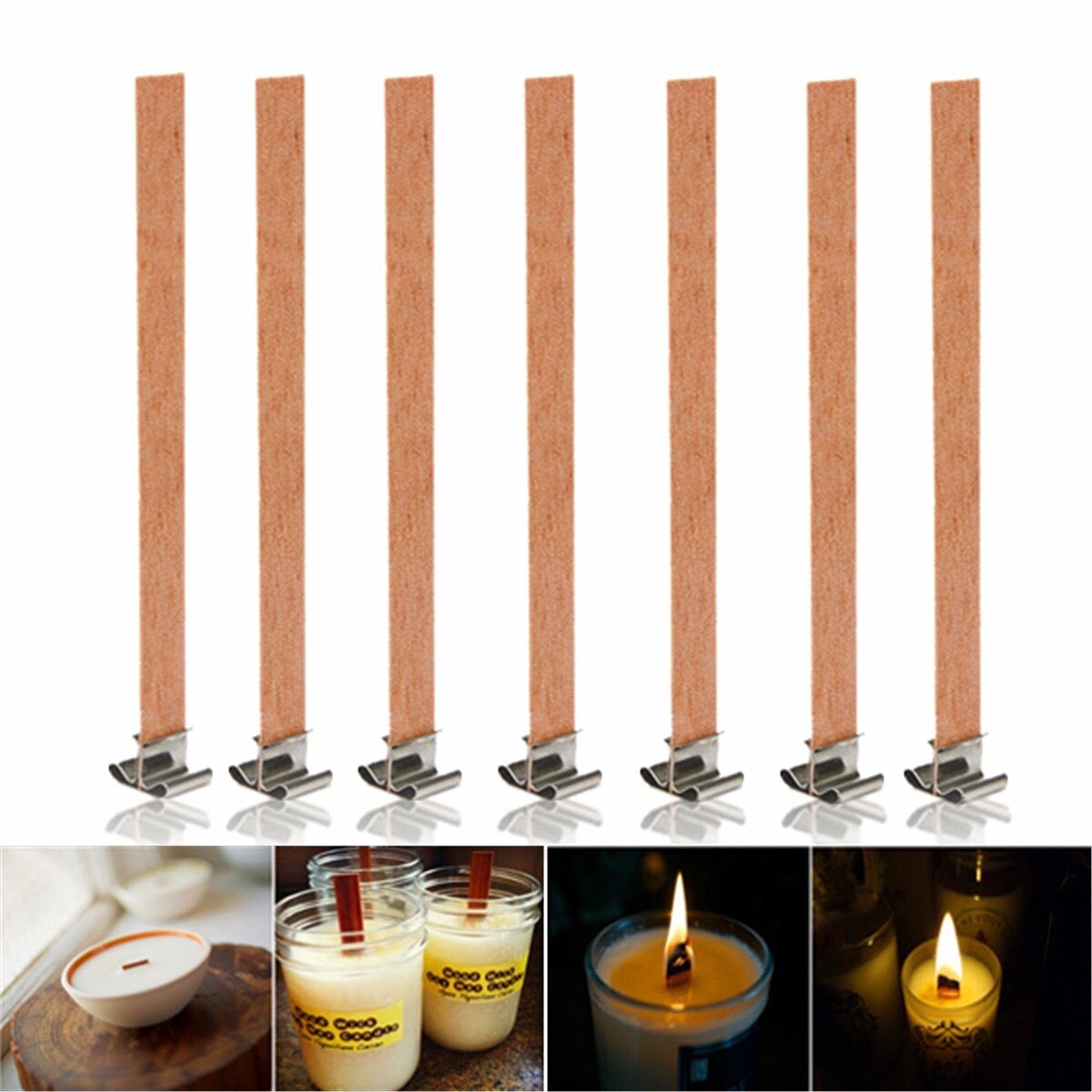Mold making is a crucial aspect of candle making, allowing artisans to create unique and intricate designs for their products. Whether you are a beginner or an experienced candle maker, understanding the basics of mold making is essential to unleash your creativity in this craft. In this article, we will delve into the fundamentals of mold making for candles, exploring the materials needed, different types of molds available, and providing a step-by-step guide to creating custom molds.
To embark on your mold making journey for candles, you will first need to gather essential materials such as silicone rubber, release agent, measuring cups, and stirring sticks. These items play a significant role in ensuring that your molds turn out seamlessly and accurately capture the details of your desired candle design. By investing in quality materials and following proper techniques, you can elevate the quality of your candles and offer customers unique products that stand out in the market.
As we dive deeper into this topic, we will explore different types of candle molds available to cater to various shapes and sizes. Whether you prefer traditional pillar molds or intricate silicone molds for detailed designs, there is a wide range of options to choose from based on your creative vision.
Understanding the characteristics of each type of mold will help you make informed decisions when creating custom molds for your candle-making endeavors. Stay tuned as we uncover the step-by-step process of making custom candle molds and share tips and tricks for successful mold making in our comprehensive guide.
Materials Needed for Mold Making
When it comes to mold making for candles, having the right materials is essential to ensure a successful outcome. Here is a list of basic materials you will need to create your own candle molds:
- Plaster of Paris or silicone rubber: Plaster of Paris is a common choice for making candle molds due to its affordability and ease of use. Silicone rubber, on the other hand, offers more durability and flexibility for intricate designs.
- Candle wax: This will be used to create the original model or prototype of the candle that will be used to make the mold.
- Release agent: A release agent such as mold release spray or vaseline is essential to prevent the mold from sticking to the original model.
- Mixing containers and stirring tools: You will need these to mix and pour the mold-making material.
In addition to these basic materials, there are some optional but useful tools that can aid in the mold-making process:
- Heat gun: A heat gun can help remove air bubbles from the mold-making material and speed up the curing process.
- X-acto knife or scissors: These tools are handy for cutting and trimming excess material from the completed mold.
- Rubber bands or clamps: These can be used to secure two halves of a multi-piece mold together during pouring.
By ensuring you have all the necessary materials on hand before starting your mold-making project, you can streamline the process and increase your chances of creating high-quality, professional-looking candle molds.
Different Types of Candle Molds
When it comes to mold making for candles, there are various types of candle molds that you can choose from depending on the desired shape, size, and design of your candles. One common type of candle mold is the silicone mold, which is flexible and easy to use.
Silicone molds come in different shapes and sizes, allowing for endless possibilities when creating custom candles. Another popular type of candle mold is the metal mold, which provides a more traditional look to candles and is durable for long-term use.
In addition to silicone and metal molds, there are also plastic molds available for candle making. Plastic molds are cost-effective and come in a variety of shapes and sizes. They are perfect for beginners looking to experiment with different designs before investing in more expensive molds. Wooden molds are another option that can add a rustic touch to your candles. These molds are sturdy and can be reused multiple times with proper care.
It’s important to consider the type of candle you want to create when selecting a mold. Some molds are specifically designed for certain types of candles, such as pillars or votives. By understanding the different types of candle molds available, you can choose the best option that suits your needs and preferences for your candle-making projects.
| Type of Candle Mold | Description |
|---|---|
| Silicone Mold | Flexible and easy to use, comes in various shapes and sizes |
| Metal Mold | Provides a traditional look, durable for long-term use |
| Plastic Mold | Cost-effective option with various shapes and sizes available |
Step-by-Step Guide to Making Custom Candle Molds
When it comes to creating custom candle molds, the possibilities are endless. Custom molds allow you to design unique shapes and sizes that suit your individual style and creative vision. By making your own molds, you can personalize your candles and set them apart from store-bought options. Here is a step-by-step guide to help you get started on creating custom candle molds using the mold making for candles technique.
Gather Your Materials
Before you begin making your custom candle mold, make sure you have all the necessary materials on hand. You will need a container for molding, silicone rubber for creating the mold, a mixing cup, stirring sticks, release spray or powder, and of course, the object or model you want to replicate as a candle. Ensure that your work area is clean and dust-free to prevent any imperfections in your mold.
Create Your Mold
Begin by securing your object in the center of the container using hot glue or another adhesive that won’t damage the original item. Mix the silicone rubber according to the manufacturer’s instructions, ensuring that it is thoroughly combined. Pour the mixture over the object in your container, making sure it completely covers every detail. Allow the silicone rubber to cure based on the recommended time before removing it carefully from the container.
Continued.
Tips and Tricks for Successful Mold Making
Proper Mold Release Application
One of the most important tips for successful mold making for candles is to ensure proper application of mold release agents. Mold release agents help in separating the candle from the mold without damaging either. Be sure to apply a thin, even coat of mold release before pouring the wax into the mold. This will make it easier to remove the finished candle once it has set.
Choosing the Right Mold Making Material
Selecting the right material for your candle molds is crucial for achieving good results. Silicone molds are popular for their flexibility and durability, making them ideal for intricate designs and easy removal of candles. On the other hand, metal molds can withstand high temperatures and are suitable for creating pillar candles. Consider the type of candle you want to make before choosing the mold making material.
Temperature Control Is Key
Maintaining consistent temperature throughout the mold making process is essential for successful results. Make sure that both the wax and mold are at an appropriate temperature before pouring. Sudden changes in temperature can cause issues like uneven cooling, warping, or cracking of the candle. Use a thermometer to monitor and control temperatures accurately during mold making for candles.
Troubleshooting Common Issues in Mold Making
When it comes to mold making for candles, encountering issues along the way is not uncommon. However, with proper troubleshooting techniques, these challenges can be overcome to ensure successful mold making. Here are some common problems that may arise during the process and how to address them:
1. Air bubbles: One of the most common issues when making candle molds is the formation of air bubbles in the mold material. To prevent this, make sure to slowly pour the mold material into the container and tap it gently on a flat surface to release any trapped air. Alternatively, you can also use a vacuum chamber to remove air bubbles before pouring.
2. Uneven surface: Sometimes, the surface of your candle mold may come out uneven or rough, affecting the final product. To avoid this issue, ensure that your mold is placed on a level surface during the setting process. You can also use a release agent or lubricant on the mold before pouring to create a smoother finish.
3. Sticking issues: If you find that your candle molds are sticking and difficult to remove after setting, try placing them in the freezer for a few minutes before attempting to unmold them. This can help shrink the material slightly and make it easier to release from the mold. Additionally, using a flexible silicone mold can also prevent sticking.
By addressing these common problems in mold making for candles, you can enhance your skills and create high-quality custom molds for unique candle designs. With patience and practice, you’ll be able to troubleshoot these issues effectively and produce professional-looking candles every time.
- Air bubbles
- Uneven surface
- Sticking issues
Advanced Techniques for Mold Making
As you advance in your candle making journey, exploring advanced techniques for mold making can open up a world of creative possibilities. One technique that is gaining popularity among candle makers is the use of silicone molds. Silicone molds are flexible, durable, and easy to clean, making them an excellent choice for creating intricate and unique candle designs.
When using silicone molds for mold making for candles, it is important to properly prepare the mold before pouring in the wax. This can be done by applying a release agent or mineral oil to ensure that the finished candle easily releases from the mold once it has set. Additionally, pay attention to the temperature at which you pour the wax into the silicone mold to avoid any warping or misshaping of the final product.
Another advanced technique for mold making involves experimenting with multi-piece molds. By creating molds with multiple parts, you can achieve more complex candle shapes and designs that would not be possible with a single-piece mold. This technique requires patience and precision in aligning and sealing the different parts of the mold together before pouring in the wax. However, the end result can be truly stunning and worth the extra effort.
Whether you choose to work with silicone molds or explore multi-piece molds, incorporating advanced techniques into your mold making process can elevate your candle making skills to new heights. By pushing boundaries and thinking outside of the box, you can create one-of-a-kind candles that will delight both yourself and your customers. Keep experimenting, learning, and refining your craft to continue growing as a skilled artisan in the candle making industry.
Inspiration for Creative Candle Molds
When it comes to creating unique and eye-catching candles, the possibilities are endless with innovative mold making for candles. The inspiration for creative candle molds can come from a variety of sources, such as nature, geometric shapes, or even popular culture. By thinking outside the box and exploring different design ideas, candle makers can elevate their products to stand out in the market.
One of the most exciting aspects of mold making for candles is the ability to experiment with various materials and textures. From silicone molds that allow intricate details to be captured in the wax, to flexible plastic molds that can create unconventional shapes, there are numerous options available for candle makers to unleash their creativity. By combining different materials and techniques, unique candle molds can be designed to reflect a specific theme or aesthetic.
For those looking for inspiration in creating custom candle molds, exploring online platforms like social media sites and craft forums can be incredibly beneficial. Many artists and DIY enthusiasts share their mold making projects online, providing a wealth of ideas and techniques to inspire others. By studying different designs and experimenting with new concepts, candle makers can develop their own signature style when it comes to mold making for candles.
| Advantages | Benefits |
|---|---|
| Endless creative possibilities | Unique products that stand out |
| Experimentation with materials and textures | Customizable designs reflecting specific themes |
| Inspiration from online platforms | Development of a signature style |
Conclusion
In conclusion, mold making plays a crucial role in the candle making industry by allowing artisans and hobbyists alike to create unique and intricate designs that set their candles apart from mass-produced options. By understanding the basics of mold making and having the right materials on hand, individuals can explore different types of candle molds and unleash their creativity in customizing their own molds to suit their preferences.
While troubleshooting common issues may arise during the mold making process, armed with tips and tricks gathered from experienced candle makers, beginners can navigate these challenges with ease. Advancing to more complex techniques opens up endless possibilities for creating innovative designs that push the boundaries of traditional candle making.
Ultimately, mold making for candles not only elevates the aesthetic appeal of the final product but also adds a personal touch that resonates with consumers seeking unique and handcrafted items. As artisans continue to showcase their creativity through inventive designs and captivating molds, the art of candle making is sure to flourish within an ever-evolving industry.
Frequently Asked Questions
How Do You Make Candle Molds?
Making candle molds can be a fun and creative process. The first step is to choose the type of mold you want to make, whether it’s silicone, rubber, or plastic. Next, you will need to prepare your chosen mold material according to the manufacturer’s instructions.
Then, pour the molten wax into the mold and allow it to cool and harden. Once the candle has set, carefully remove it from the mold.
What Is the Best Mold Making Material for Candles?
When it comes to choosing the best mold making material for candles, silicone is often considered one of the top choices due to its flexibility and durability. Silicone molds are easy to use and maintain, making them a popular option among candle makers. They also produce smooth and detailed candles with minimal effort.
Can You Use Any Silicone Mold for Candles?
Not all silicone molds are suitable for making candles, as some may not be able to withstand the heat of melted wax. It’s important to select a silicone mold that is specifically designed for candle making to ensure successful results.
Always check the temperature limit of the silicone mold before using it with hot wax to avoid any damage or safety hazards.

Welcome to my candle making blog! In this blog, I will be sharing my tips and tricks for making candles. I will also be sharing some of my favorite recipes.





